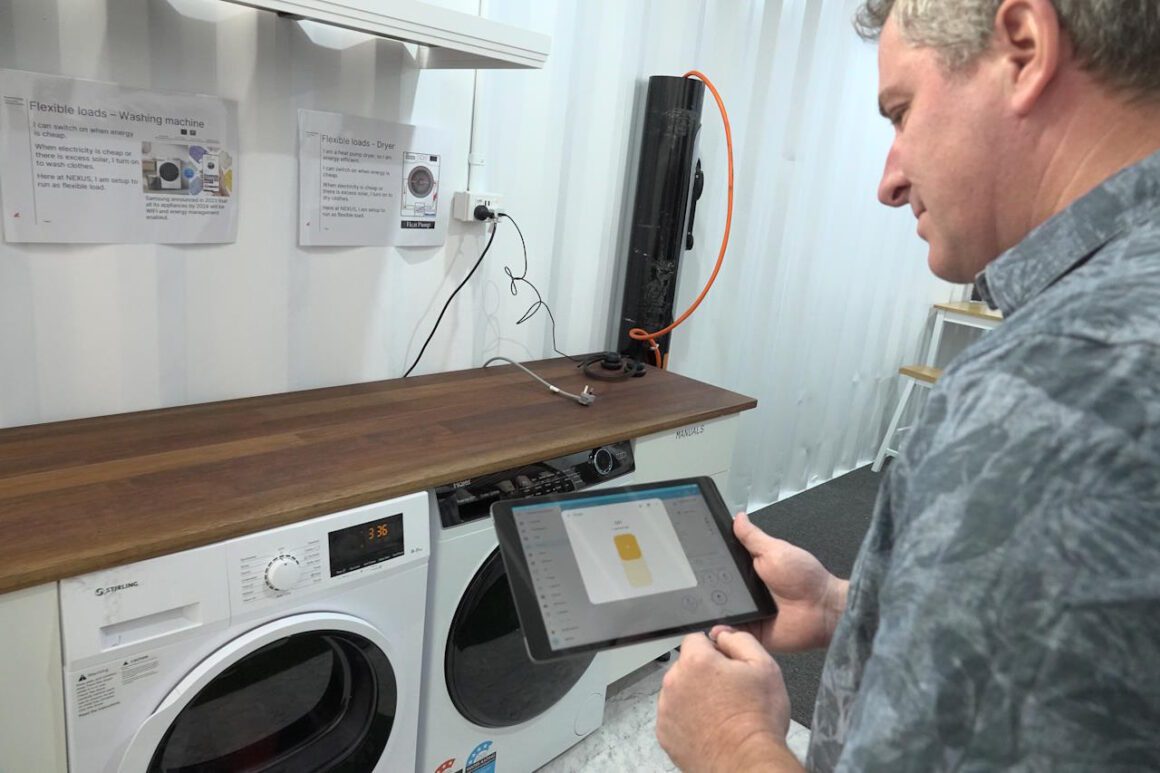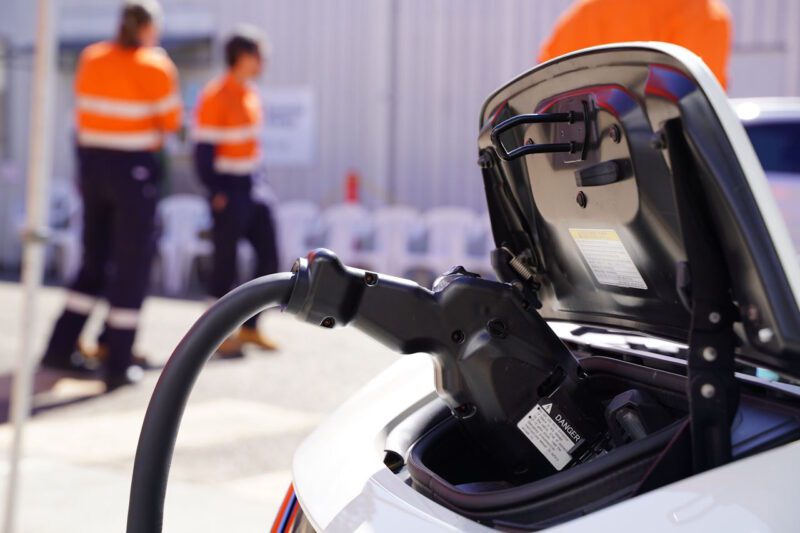Essential Energy and CSIRO announced Tuesday that they would partner on yet another vehicle-to-Grid (V2G) technology trial, this time focused on how to integrate the technology as part of a wider home energy management system in regional areas.
V2G technology involves a bidirectional EV charger that allows two-way exchange of energy between car, the home, and the grid, and essentially turns an EV into a mobile energy storage system that can store renewable energy when it is cheaper and feed it back into the home or grid during peak times.
“At the moment you can buy a battery and connect it to your home, but those batteries have small storage capacities compared to an EV which has as much as five times more storage,” said Dr Sam Behrens, senior research engineer at CSIRO’s Newcastle Energy Centre and technical lead for the collaboration with Essential Energy.
“If you use your EV to store solar energy as it is generated during the day, you can then use that for night-time electricity needs. It can also be used to support the grid, enhancing reliability and resilience by flattening peak loads.”

Essential says has already designed and fully equipped this ‘residential house of the future’ at its Innovation Hub at Port Macquarie.
According to the company, the house has a range of customer energy resources such as solar panels and batteries and a suite of fully controllable appliances including a fridge, dishwasher, dryer, lights, television, pool pump, hot water system, dishwasher, and air-conditioning.
The Innovation Hub will be home to the V2G trial, trialling how to integrate the technology as part of the home energy management system while also assisting the network during times of peak power demand.
“V2G technologies have enormous potential and they’re going to play a big part in the future electricity system, but at the moment our understanding of how they might work in the Australian context is limited,” said Kate Cavanagh, CSIRO Transport Electrification team lead.
“Our project is set in regional Australia, and we are using real household appliances in a laboratory setting to provide a range of realistic and controllable household types and scenarios to test out V2G.”
The trial could serve an important role in developing capabilities and even policies for V2G technology across the country.
Currently, V2G technology is limited for EV owners in Australia, with customers attempting to connect their V2G charger to the grid potentially encountering regulatory challenges, including complying with current Australian standards.

The CSIRO–Essential Energy trial is aimed at understanding how V2G technology can be integrated into buildings and the broader grid and will aim to identify potential obstacles that could impede the uptake of V2G technology as a widely used energy resource for households and businesses.
“Trialling V2G technology is an important part of supporting customers to gain better value from their rooftop solar and electric vehicle batteries,” said Luke Jenner, the COO of Essential Energy.
“V2G technology also has the potential to lower costs for all customers by helping to optimise the flow of energy throughout the network, offsetting the need for additional investment in the network.”
Joshua S. Hill is a Melbourne-based journalist who has been writing about climate change, clean technology, and electric vehicles for over 15 years. He has been reporting on electric vehicles and clean technologies for Renew Economy and The Driven since 2012. His preferred mode of transport is his feet.

